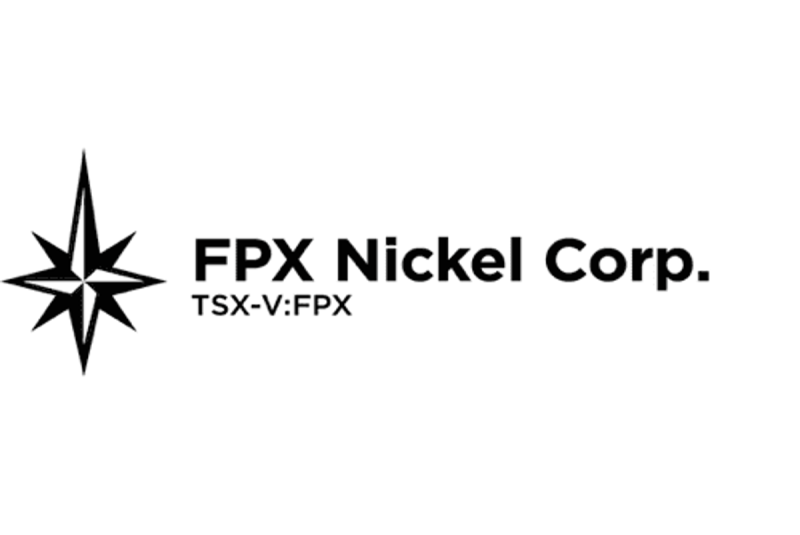Canada’s Big Open Banking Move: Unlocking Consumer Control and Financial Innovation
In its 2025 federal budget, the Canadian government lays out a bold blueprint to foster competition, innovation and inclusion in the financial sector by accelerating open banking adoption.
With the Big Six banks holding 93 percent of banking assets, this consumer-driven reform aims to dismantle longstanding barriers, giving Canadians and small businesses greater control over their financial data and choices.
The promise of open banking in Canada
Open banking, also known as consumer-driven banking, enables secure, reliable and affordable sharing of financial data between banks and third-party service providers. The goal of this framework is to empower consumers by bringing them more customized and transparent financial products and services.
The Canadian government’s recent announcements, including legislative proposals and an oversight shift from the Financial Consumer Agency of Canada (FCAC) to the Bank of Canada (BoC), signal a serious commitment to delivering a competitive and consumer-centric financial ecosystem. Boms explained that, if implemented correctly, open banking could drive innovation and inclusion across Canada’s financial sector.
“It means a more holistic picture of your total financial life, including your investment portfolios,” he commented. “It’s also something that every other G7 country has and has had for quite some time, and so it provides the basis for a more competitive, more innovative and more efficient financial system.”
One shift in the proposed framework that Boms said is vital is the BoC taking control of regulatory oversight.
‘The FCAC, where (oversight) lived originally, really didn’t have any experience in creating a regulatory framework for non-banks,’ he said. In contrast, the BoC has direct experience in licensing for non-banks serving consumers. It oversees fintech firms such as Wealthsimple, Koho, Brim Financial and Venn under the Retail Payments Activities Act.
Smaller financial institutions, including credit unions, will stand to benefit significantly from this change, leveling the playing field with the Big Six banks, which, as mentioned, currently dominate banking assets.
However, Boms emphasized the importance of a risk- and size-based regulatory approach to ensure these smaller players can innovate without undue burdens: “You have to recognize that fundamentally smaller financial institutions, smaller fintechs, don’t have the same resources as bigger incumbents.”
Canadian budget measures supporting competition
This year’s Canadian federal budget introduces several important measures to enhance competition and give consumers more choice beyond the dominant bank oligopoly. One of the flagship promises is to ban transfer fees for investment and registered accounts, fees that currently cost Canadians around C$150 per account.
Draft regulations are expected by spring 2026 to enforce this ban, reducing friction and costs for consumers. Additionally, the budget includes initiatives to simplify switching primary chequing accounts between financial institutions, further lowering barriers for Canadians to move their banking relationships.
The budget also targets cross-border transfer fees by improving transparency, including fees related to foreign exchange margins, so consumers can better understand the costs of sending money internationally.
Accessibility to cheque funds will be improved by raising the dollar threshold and shortening hold periods on cheque deposits, benefiting Canadians who rely on cheques.
To support smaller lenders and foster broader financial inclusion, legislative amendments will make it easier for federal credit unions to scale and for provincial credit unions to enter the federal regulatory regime.
“If (smaller financial institutions) can get access to consumer data digitally, they can then become much more competitive without having to build the same type of infrastructure the biggest banks can afford to build,” said Boms.
A voluntary code of conduct is planned to improve smaller financial institutions’ access to brokered deposit channels, a vital funding source for growth. Furthermore, changes to the Bank Act and Canada Deposit Insurance Corporation Act will raise public holding requirement thresholds for smaller institutions.
That will allow them more flexibility to grow before triggering changes in ownership structure.
While Canada is still rolling out its open banking framework, countries like the UK and Australia demonstrate how open banking adoption fuels economic resilience and consumer benefits.
“Canada has learned from the experiences of (other) jurisdictions, good and bad, and taken those learnings and implemented (them) into what we see here,’ said Boms.
The future of open banking in Canada
With a 2026 target for full read access, market participants are gearing up for a transformative shift in how financial data is handled. This initiative marks a pivotal move toward democratizing financial data and services in Canada.
The BoC’s expanded oversight role, coinciding with the launch of the real-time rail payment infrastructure and phased “write access” capabilities by mid-2027, will accelerate the system’s rollout.
This evolving infrastructure will facilitate instant payments and empower consumers with the ability to initiate actions like bill payments and account switching seamlessly.
Boms and FDATA Canada stand ready to guide this transformation, ensuring that open banking in Canada not only enhances competition, but also maintains safety, security and consumer protection.
Open banking’s architecture also presents fresh opportunities for digital currencies, with new legislation introduced requiring stablecoin issuers to maintain adequate high-quality reserves, clear redemption policies and robust risk management and security standards. Stablecoins could complement open banking by enabling faster, cheaper cross-border payments and settlements, especially for consumers and small businesses.
As open banking takes shape, Canadians and small businesses will gain unprecedented control over their financial lives, a change poised to ignite innovation, unlock economic potential and reshape the country’s banking landscape.
Securities Disclosure: I, Meagen Seatter, hold no direct investment interest in any company mentioned in this article.



